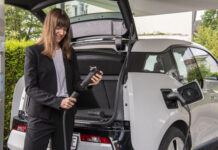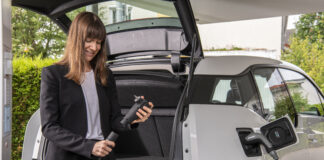The mission of driverless shuttles is guaranteeing the travel “from the point A to the point B” safely and reliably. The possible application fields can be various: for instance, to increment public transport routes with supplementary vehicles, to transport visitors from the bus stop to exhibition centres or to move containers loaded with goods in logistic centres.
The 3F Project by Bosch was conceived with this mission: «The target – explained Steffen Knoop, project leader of advanced research and design at Robert Bosch GmbH – was developing solutions to assure that autonomous-driving shuttles could circulate safely, even in case of technical malfunction or sudden obstacles».
The partners involved in the project, which benefitted from a fund amounting to 4.3 million Euros allocated by the Ministry for economic affairs of the Federal Germany, are the leading company Bosch, StreetScooter GmbH, RA Consulting GmbH and Finepower GmbH, with the collaboration of the RWTH University in Aachen and the Research Institute FZI Research Center for Information Technology.
«Driverless shuttles – commented Thomas Schamm, coordinator of Bosch project – must satisfy different requisites compared, for instance, to highly autonomous cars “. To operate without drivers, shuttles must be able to monitor the system autonomously, then to carry out diagnostics activities and to manage eventual technical failures detected, to be able to continue the travel. At the same time, they are expected to protect the system in case of critical breakdowns, for instance stopping».
The 3F project has worked at the definition of these requisites in detail, at how systems must be designed and at how optimizing the interaction modalities of single components, like for instance redundancy, i.e. the duplication of functions for safety. Moreover, to detect obstacles with reliability they have installed various lidar sensors and radars in various points on the vehicle’s perimeter, permitting it to observe the surrounding area from different positions and to avoid blind spots.
Another solution consists in the integration of the fault-tolerance, so that the failure of a subsystem is at least partially compensated by other functions.



